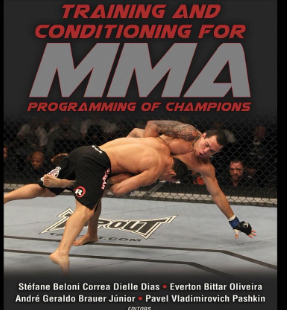Monday, July 11, 2022
Functional Isometrics for Triatletes
Sunday, July 10, 2022
Hot Tubs, Slushies and Heat Acclimation
My history with training and competing in the heat had not been a good one. I love to train and race in the heat but I had problems with heat exhaustion and cramping once the temperature got over 80°. In 1989 my 2nd Ironman I ended up requiring 11 L of IV and overnight trip to the emergency room before attending the awards ceremony the next morning. The following year I qualified for the wine Ironman and suffered heat exhaustion and went unconscious at mile 18 of the run .The problem living in a northern climate is that it is never hot long enough to fully acclimate.
In 2012 when we relocated to the hot and humid environment of Central Florida I wondered if my triathlon career might be coming to a close. I either had to figure this out or suffer and struggle for 8 months of the year. After many hours of research and implementing different strategies, I started to figure it out and came up with a few ideas. This venture into heat acclimation even got me a chance to write about it in the upcoming MMA book to be released in August.
This summer I decided it was time to take it to another level. After researching ways to keep the core temperature in check, I came across the use of slushies that can both keep core temperature down, provide fluid and electrolytes by using Gatorade and electrolyte salts and with the crushed ice feature on the fridge. I started using this during run workouts with good success but needed to figure out how to keep the insulated bottle cold enough to make it to the run of a triathlon. I figured out that you can make a slushy solution in an insulated bottle, put it in an insulated lunch bag with ice packs and it would last about 2 hours which would allow me to get to the run of the Sprint triathlon. I could leave the bag in transition and after jumping off the bike grab my bottle and off I would go.
The 2nd part of my heat experiment this year was to installing a hot tub (honestly, I did this for science). I researched hot water immersion and sauna protocols for heat acclamation. I began using the hot tub each night and using it immediately after hard runs were my core temperature was elevated 3 times a week. This wasn't exactly pleasant but I'm pleased to announce that it seems to be working. After using these techniques for the last few months I have found my training and racing in the hot humid heat of Cleremont to be improving.
Also more to come on the use of the hot tub not only for heat acclamation but for recovery and improved sleep.



